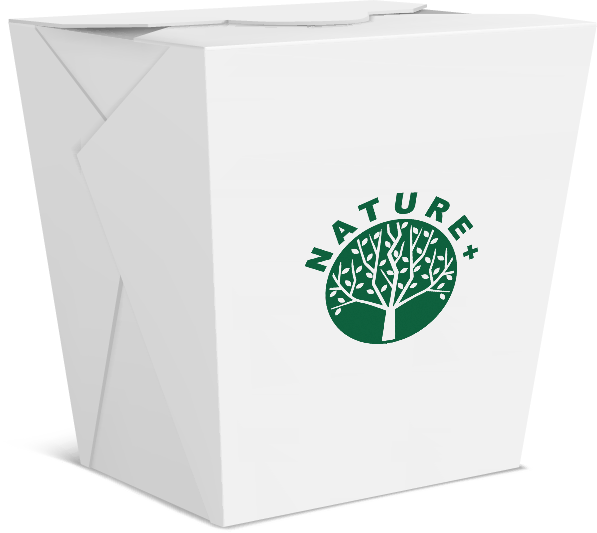In an age where takeout culture thrives and convenience is king, it's easy to overlook the impact of food packaging. Each time we grab a quick meal or store leftovers, we often use plastic containers without thinking twice. But these seemingly harmless choices add up—contributing to pollution, harming wildlife, and clogging landfills.
Fortunately, a better alternative is gaining momentum: eco-friendly food containers. These sustainable solutions are reshaping the food industry and helping individuals and businesses make more responsible choices.
🌍 What Are Eco-Friendly Food Containers?
Eco-friendly food containers are packaging products made from sustainable, biodegradable, compostable, or recyclable materials. Unlike traditional plastic or Styrofoam containers that can take centuries to decompose, these eco-containers are designed to break down naturally, minimizing harm to the environment.
They're made from materials such as:
Bagasse (sugarcane pulp)
Bamboo
Cornstarch-based bioplastics
Palm leaves
Recycled paper or cardboard
These materials are renewable, often derived from agricultural waste, and safe for storing and serving food.
🍴 Why Make the Switch?
1. Protect the Environment
Plastic waste is one of the most pressing environmental issues of our time. Single-use containers contribute to overflowing landfills and marine pollution. Eco-friendly alternatives reduce waste and support a circular economy.
2. Healthier for You
Many plastic containers contain harmful chemicals like BPA or phthalates that can leach into food. Eco-friendly containers are typically free from toxins and safe for hot or cold items.
3. Boost Business Reputation
For restaurants and food service businesses, using sustainable packaging showcases environmental responsibility—something that today’s eco-conscious consumers deeply value.
4. Stay Ahead of Regulations
Many cities and countries are introducing bans or restrictions on single-use plastics. Switching to eco-containers ensures compliance with evolving laws and helps future-proof your business.
🧪 Types of Eco-Friendly Containers
Depending on the need, a wide range of eco-packaging options are available:
Clamshell containers – Ideal for takeout meals and burgers
Paper bowls and cups – Great for soups, salads, and beverages
Compostable boxes with lids – Used for meal delivery and catering
Palm leaf plates and trays – Elegant options for events and parties
Reusable glass or stainless steel lunchboxes – Durable choices for home and office
These containers are often microwave-safe, leak-proof, and durable, making them practical and planet-friendly.
👥 Who Can Benefit?
Eco-friendly containers are not just for eco-warriors—they’re for everyone:
Home cooks looking for safe food storage
Cafes and restaurants wanting to reduce plastic waste
Event planners aiming for zero-waste functions
Delivery services offering sustainable food packaging
Schools and offices supporting green practices
Whether you’re packing lunch for your kids or running a food business, there’s a sustainable option for your needs.
💸 Are They Costly?
While eco-friendly containers may cost slightly more than plastic ones, the long-term benefits far outweigh the expense:
Lower environmental impact
Stronger brand image and customer trust
Reduced waste management issues
Alignment with sustainability goals
And as production scales and demand grows, prices are steadily becoming more competitive.
🛒 How to Choose the Right Eco-Container
Here are some tips for choosing the best eco-friendly food container:
Check Material Type: Is it compostable, biodegradable, or recyclable?
Look for Certifications: Labels like BPI (Biodegradable Products Institute) or FSC (Forest Stewardship Council) indicate verified sustainability.
Match It to Your Needs: Choose containers based on the kind of food you’re packaging—liquid, oily, hot, or dry.
Buy in Bulk: For businesses, buying in bulk can significantly reduce costs.
🌱 Final Thoughts
Choosing eco friendly food containers may seem like a small act—but it’s one that creates ripples of positive change. Whether you're an individual packing lunch or a business serving hundreds, making the switch to sustainable packaging shows care for the planet and future generations.
Let’s move beyond convenience and toward conscious choices. Because in the end, how we pack our food speaks volumes about how we protect our world.



Write a comment ...